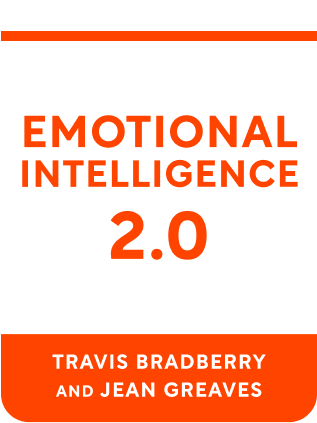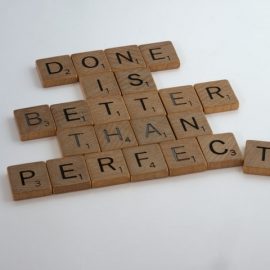

This article is an excerpt from the Shortform book guide to "Emotional Intelligence 2.0" by Travis Bradberry and Jean Greaves. Shortform has the world's best summaries and analyses of books you should be reading.
Like this article? Sign up for a free trial here .
What are emotional triggers? How do you identify what is triggering your emotional reactions and strategize your response beforehand?
Emotional triggers are anything—stimuli, events, memories, or experiences—that elicit a strong emotional response, regardless of your emotional state in the moment. When left unchecked, emotional triggers can cloud your perspective and spiral into a full-blown outburst.
Read more to learn how to identify and handle your emotional triggers before it’s too late.
Get to Know Your Emotional Triggers
Everyone has people and behaviors that push their buttons. Knowing what sparks an emotional response from you allows you to strategize for those situations. Be specific when noting your triggers. Identify people, activities, and environments that irk you. Then, mentally prepare yourself for those situations.
To take this to the next level, begin to explore the roots of your frustration. This helps you control your reactions when emotions arise. Ask yourself:
- What is it about these individuals or behaviors that frustrates me?
- Are there commonalities between these individuals or behaviors?
- Can I connect my frustration to something in my past?
For example, you have a co-worker who tries to make a joke of everything in a meeting. If you’re the type who wants to stay professional and focused in the workplace, this may annoy or frustrate you. If you haven’t prepared yourself for the situation, you may allow your emotions to get the best of you and snap at your colleague.
Don’t Identify Your Emotions as “Good” or “Bad”
Emotions aren’t “good” or “bad.” Judging a feeling only puts more emotions (such as shame or pride) on top of that feeling. This keeps your original emotion from developing and muddies your current emotional state. When you feel an emotional reaction coming to the surface, identify it and reserve judgement. This lets the emotion to arise and fade away without further complication.
> For example, you’re frustrated with an assignment at work and immediately label that emotion as bad. This introduces new negative emotions into the mix. You may feel guilty for having a “bad” emotion towards work that you enjoy. You may get angry that you’re allowing yourself to get frustrated. Rather than just letting the frustration emerge and move on, you’re complicating your situation and lengthening the amount of time that it will take for your emotions to settle.
Don’t Let Your Emotional Triggers to Dictate Your Behavior
If you allow your mood to cloud your perspective, you can lose control of your emotions and spiral quickly. When a bad mood arises, remind yourself that this mood is temporary. If you allow your bad mood to run its course, it will pass eventually. When in a bad mood, try not to make important decisions as your emotional state will likely influence your decision-making process.
Don’t Let a “Good Mood” to Dictate Your Behavior
Good moods can corrupt your perspective just as much as bad moods. Good moods create rose-colored glasses that prevent you from objectively assessing decisions and may lead you to rush into things without thinking them through.
> For instance, your favorite online retailer is running a 50% off sale. You excitedly add things to your cart and click the order button without thinking about it. However, once you look at your bank account and realize that you should not have spent that money on online purchases, reality comes crashing back in.
Keep a Journal of Your Emotional Triggers
Write down triggers as you discover them. Then, write down what emotional responses these types of situations create. This allows you to look back at past events and recognize patterns.These patterns help you develop a clearer sense of what elicits a strong emotional response from you and how you can better handle your triggers in the future.

———End of Preview———
Like what you just read? Read the rest of the world's best book summary and analysis of Travis Bradberry and Jean Greaves's "Emotional Intelligence 2.0" at Shortform .
Here's what you'll find in our full Emotional Intelligence 2.0 summary :
- What emotional intelligence is and why it's essential for your workplace success
- The 4 reasons you need to work on your EQ
- How you can use EQ to better manage relationships






